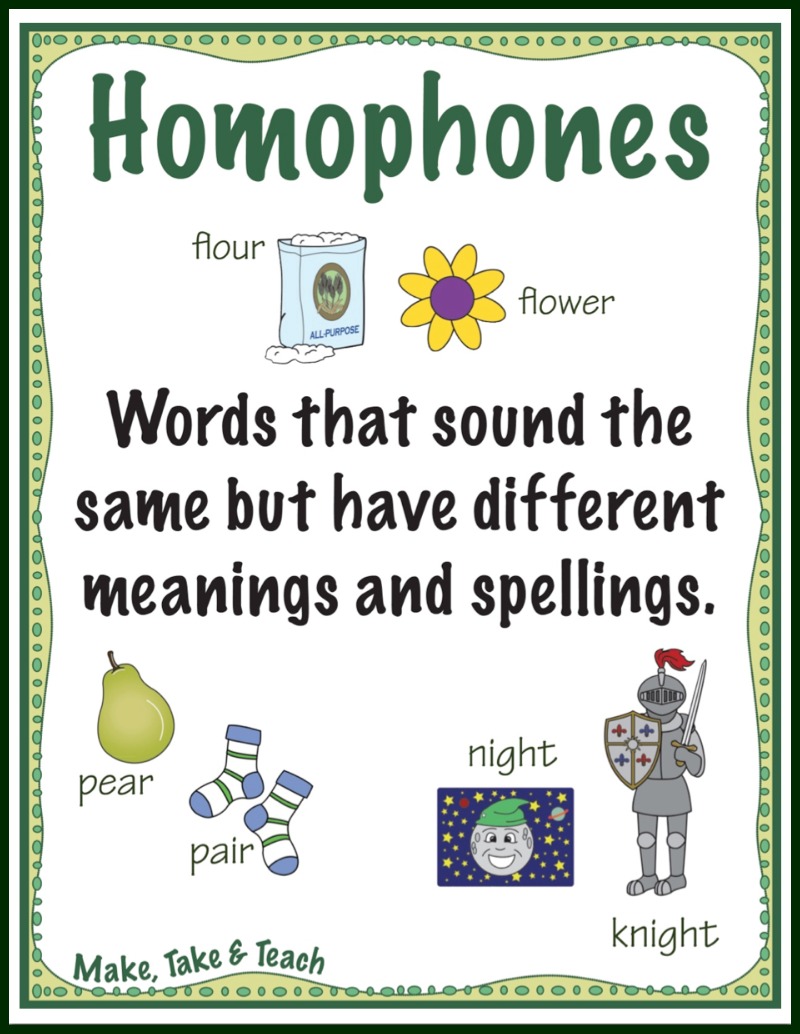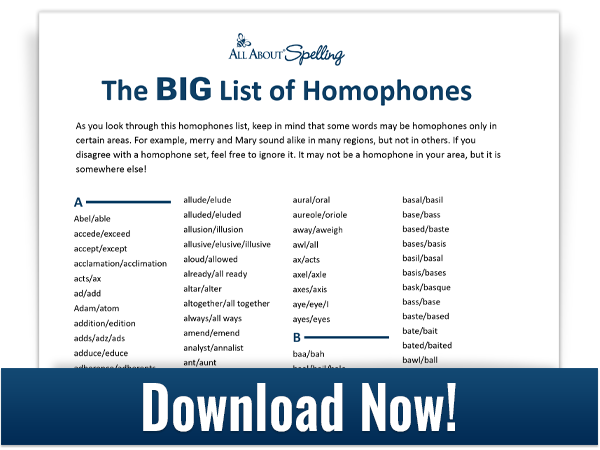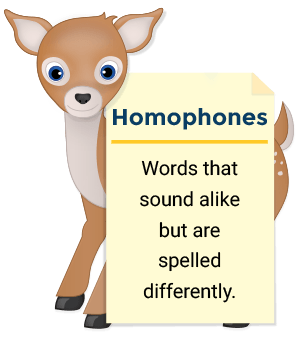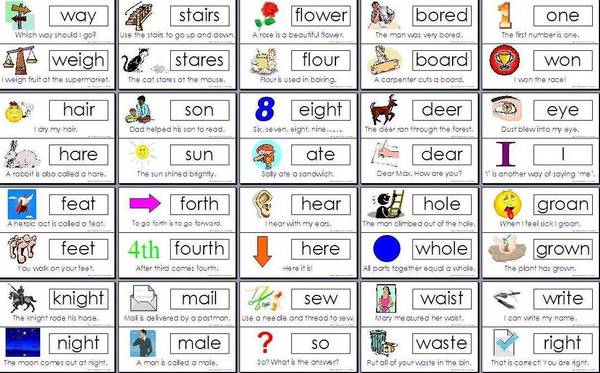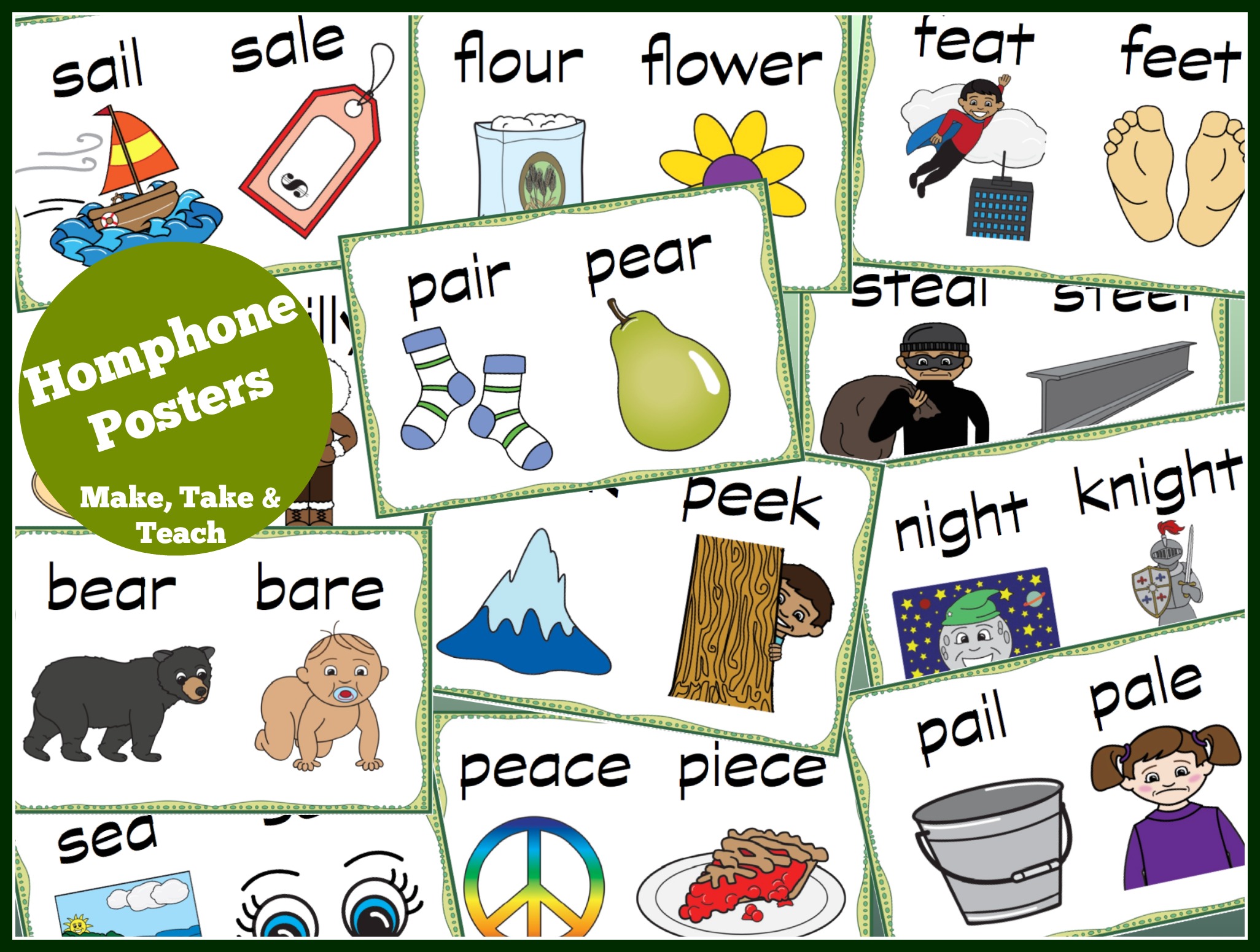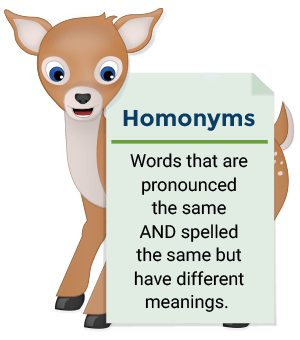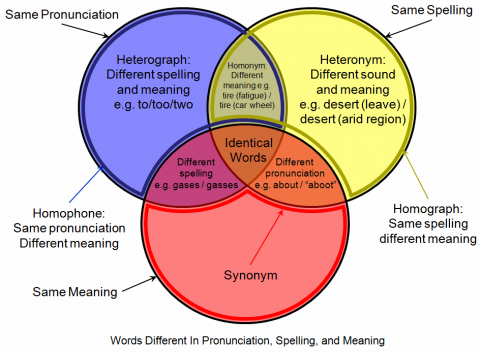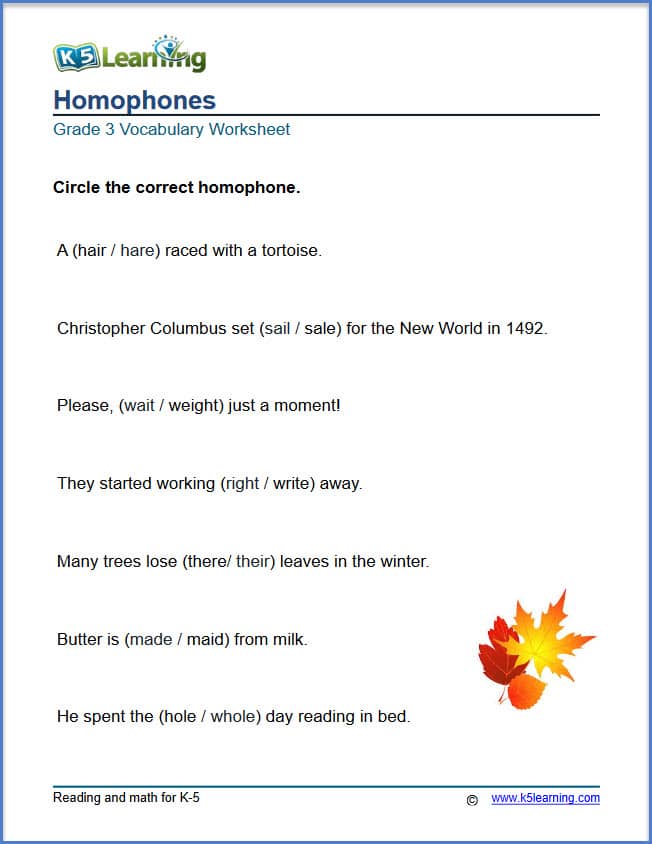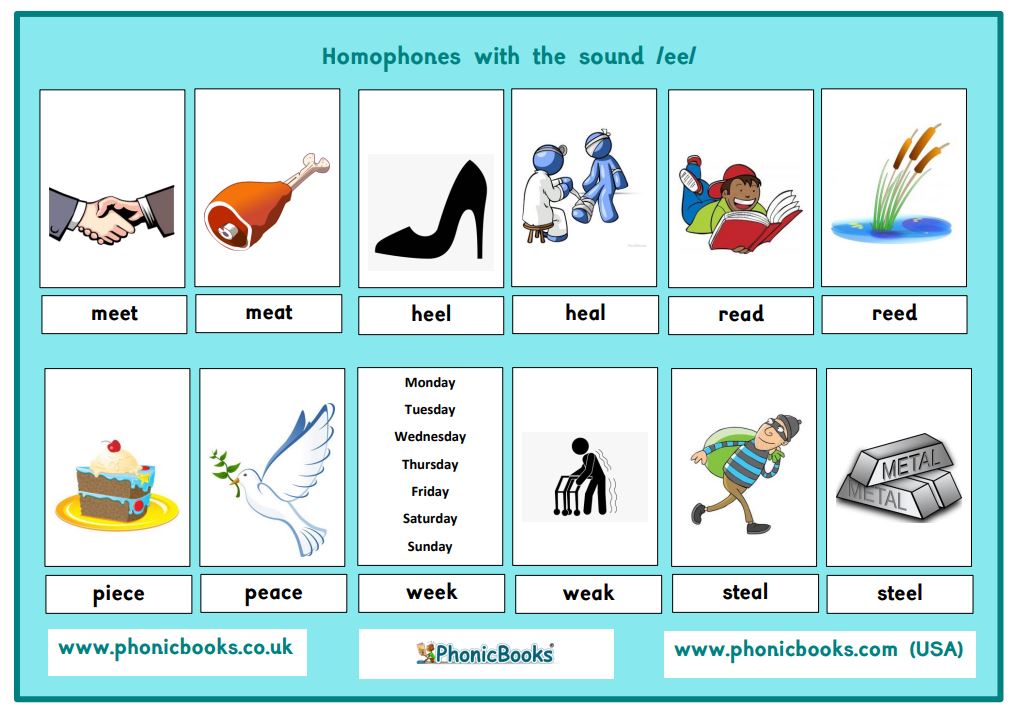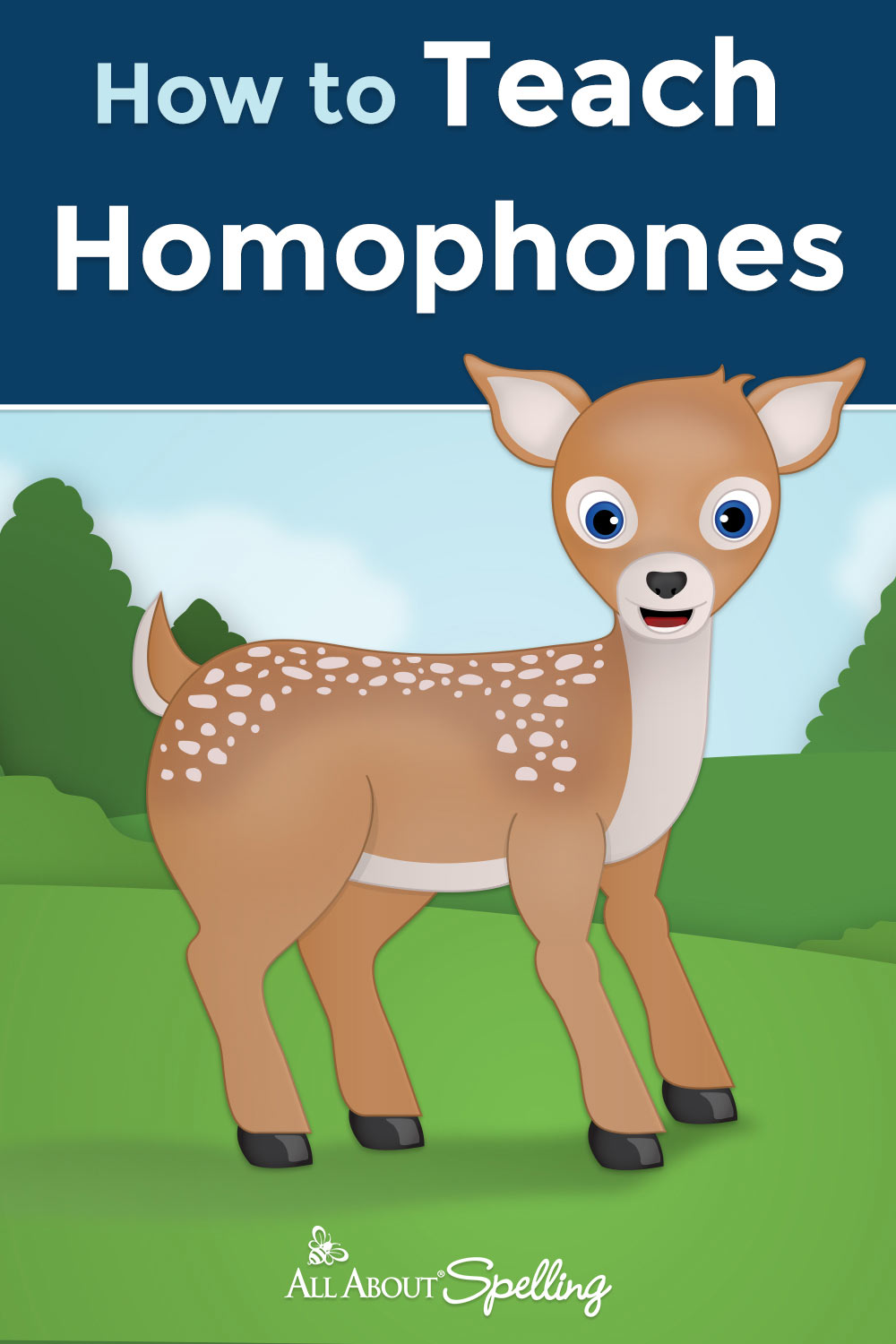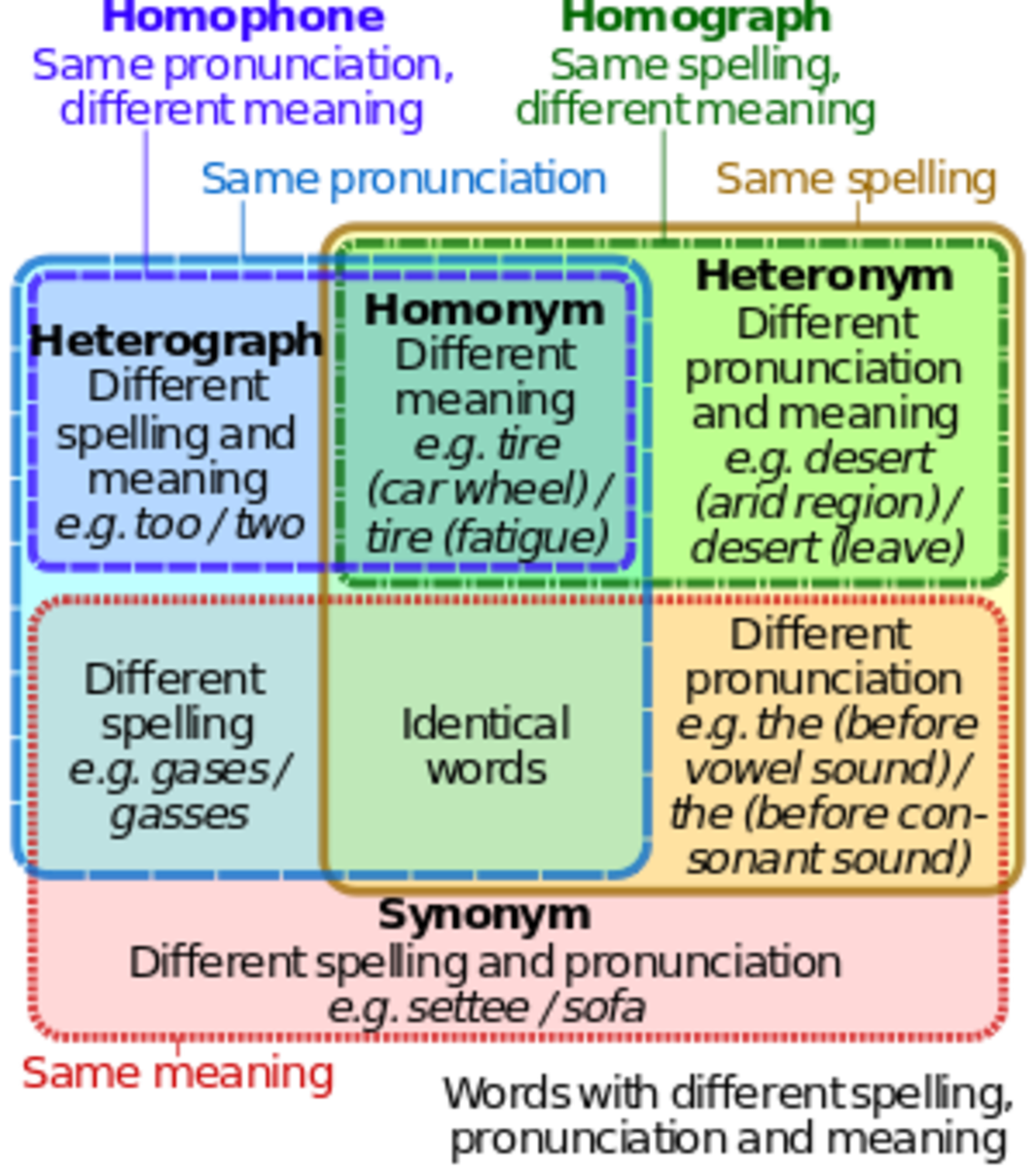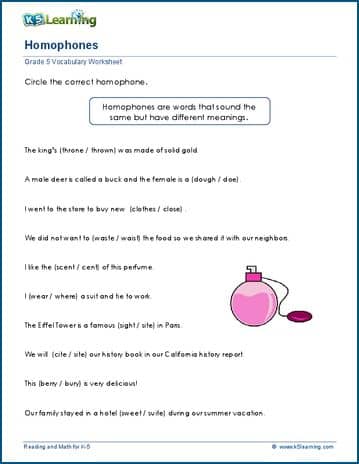Can’t-Miss Takeaways Of Tips About How To Learn Homophones
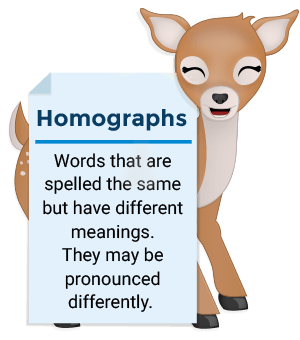
For example, “be” and “bee” sound exactly the same, but the first is.
How to learn homophones. The first student to correctly. Allow the children to take turns drawing words from the container and acting them out, to the best of their ability. Post it by your desk as a reminder until you learn the difference.
How to learn homophones 1) the river had a strong current. 2) read about current events in the paper. If you turn w on its side (counterclockwise), it looks like.
Identifying homophones play the homophones mini game on small town superheroes. Give partner 1 the index cards with homophones; To help you analyse and understand homophones and their use, here is a table with the homophone pairs, their meanings and sentence examples to help you out.
How about learning homophones in english and incorporating them into your life? Use the yellow arrows to navigate to the 'steve' section to find the 'homophones' game. Homophones can be spelled the same or differently.
Homophones can be further classified as homographs and heterographs. Homophones teaching resources available from teachers telling tales pairs or pears homophone games. Homophones are words that sound the same but have different meanings.
English is full of homophones. The best way to approach homophones like flower and flour is to first wait until the student has mastered the phonograms and is ready to sound out and read one of the words. How to teach homophones 1.

